Limited-time offer on Mailzzy: 35% off your first 3 months or annual plans. Learn more
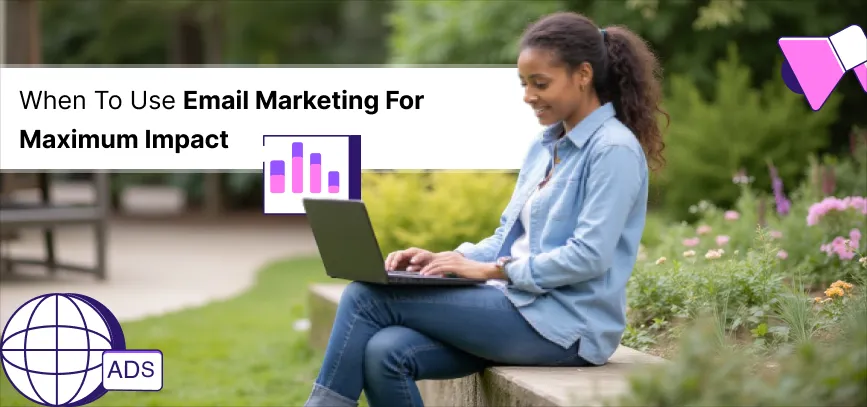
When to Use Email Marketing for Maximum Impact
Discover the optimal times and strategies for email marketing to boost engagement and conversions. Learn how to align campaigns with business goals.
When Email Marketing Works Best
How to Match Email Campaigns to Business Goals
Timing Your Emails for Maximum Engagement
Checklist: Is Email the Right Channel?
Email marketing delivers an average return of $42 for every dollar spent. This incredible 42:1 ROI makes other marketing channels no match for email's effectiveness.
The number of email users worldwide reached 4.26 billion in 2022 and will grow to 4.73 billion by 2026. A well-planned email marketing strategy is vital to business success today. The right timing and purpose will determine your campaign's results, especially when you promote products, nurture leads or build customer loyalty.
Our research shows distinct patterns in email engagement. B2B professionals read emails mostly during weekday mornings. B2C customers tend to check their emails during evenings and weekends. This knowledge inspired us to create a detailed guide that helps you perfect your email campaign timing and strategy for better results.
Want to take your email marketing to the next level? Let's explore the best times and methods to make your email marketing work.
When Email Marketing Works Best
Email marketing works best during crucial moments of your customer's experience. These meaningful touchpoints help build stronger connections and maximize engagement. The right timing of your email campaigns can magnify your results and boost your marketing strategy.
Launching new products or services
Product launches create perfect opportunities for email marketing. According to research, email is 40 times more effective at customer acquisition than Facebook or Twitter. A well-laid-out product launch email sequence builds anticipation, showcases features, and establishes your brand's marketplace identity. You should develop a series of emails that build excitement gradually—from original teasers to the official release notification. This strategy helps educate potential customers about your product's benefits before the sale pitch and prepares your audience for conversion
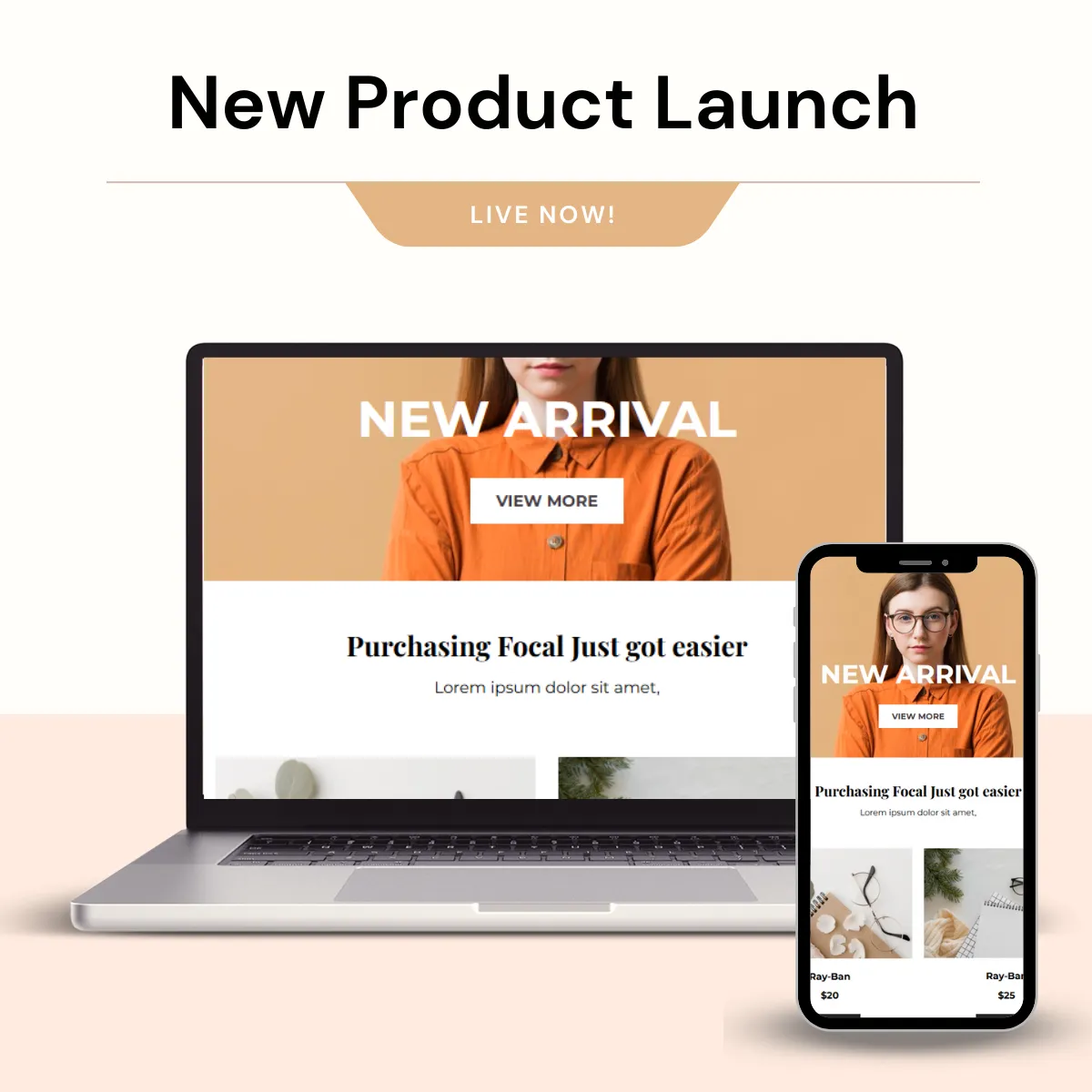
Nurturing leads through the sales funnel
Email guides prospects naturally through their buying experience. Automated drip campaigns deliver pre-written emails that keep your brand relevant without seeming aggressive. The numbers tell the story—leads that go through a nurture email process are 50% more sales-ready than those who don't. Automated nurture campaigns can achieve 70% open rates. Personalization in these emails delivers 6x higher transaction rates, making them vital to convert interested prospects into customers.
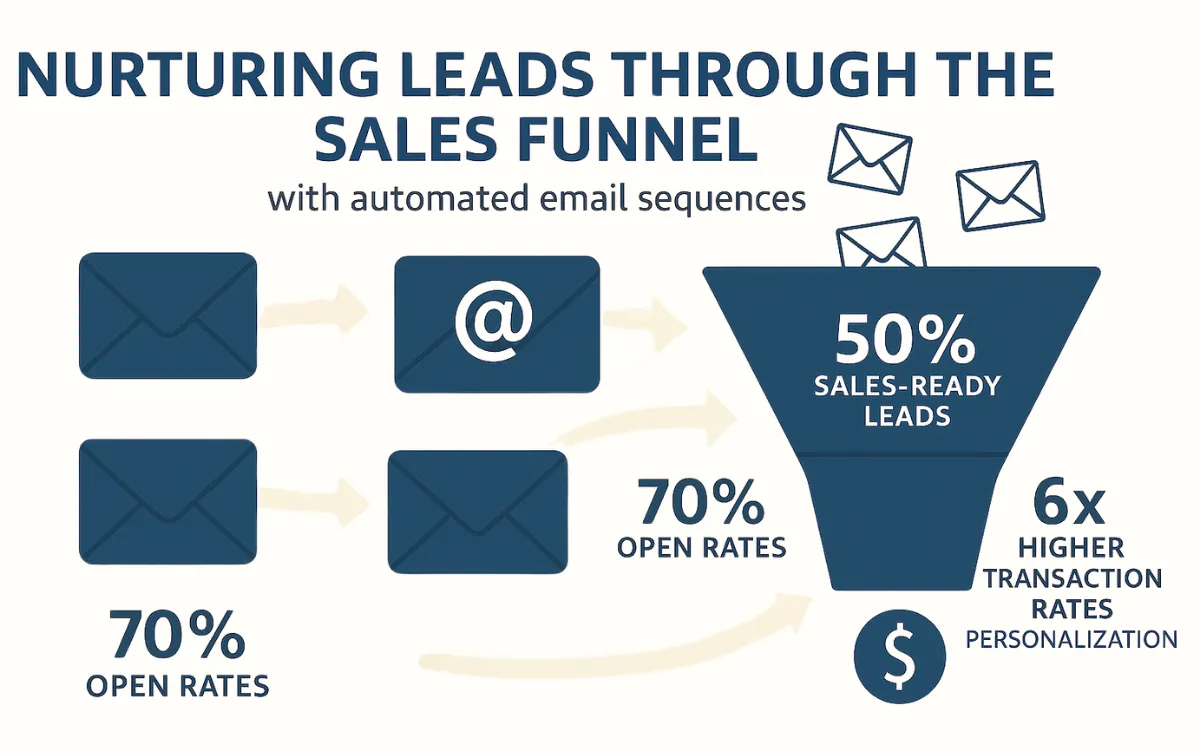
Recovering abandoned carts effectively
Abandoned cart recovery emails offer one of the most profitable automation opportunities. The reality shows that more than 70% of online shopping carts never make it to checkout. Businesses using cart recovery emails earn back 3.33% of lost sales. Follow-up emails sent within one hour achieve an average 16% conversion rate. The best results come from a three-part sequence: first email one hour after abandonment, second email one day later, and final email three days after abandonment
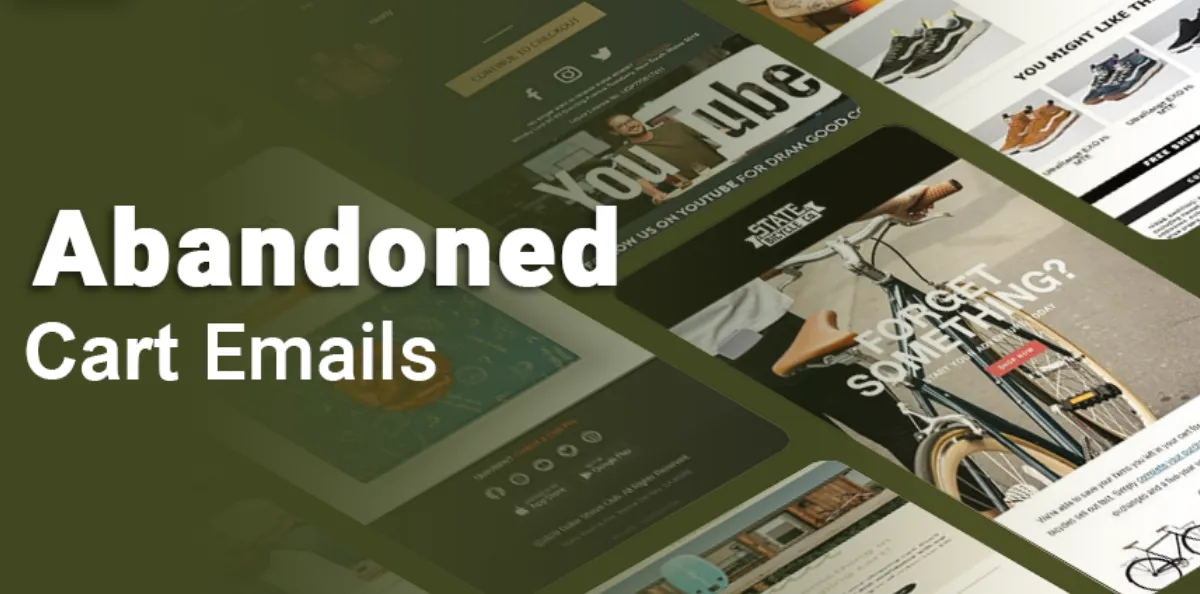
Announcing events, webinars, or updates
Event promotion runs on email marketing because it reaches people already invested in your business. A detailed sequence works better than a single announcement: initial announcement, save-the-date reminders, speaker/content previews, and final reminders as the event approaches. Post-event emails thank attendees, share resources, and introduce upcoming opportunities. This approach helps maximize registration, attendance, and ongoing engagement.
The success of email marketing depends on delivering the right message at the perfect moment. Strategic touchpoints in your customer's experience create relevant communications that naturally drive higher engagement, conversions, and revenue.
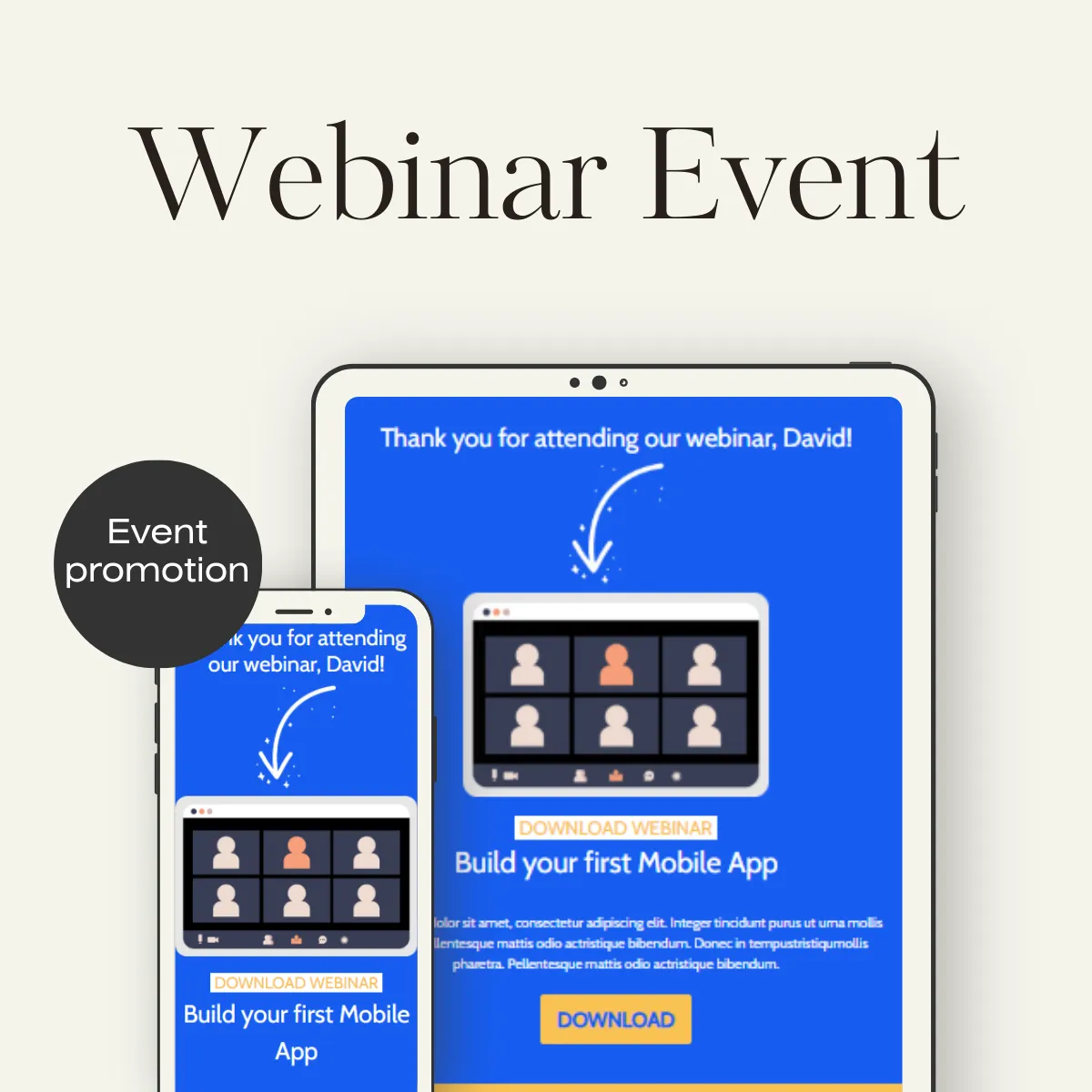
How to Match Email Campaigns to Business Goals
Your email campaigns become powerful strategic tools when they match specific business goals. A successful email marketing strategy needs the right message format that aligns with what you want to achieve.
Lead generation vs. customer retention
The way you measure success changes based on whether you're getting new customers or keeping current ones. Lead generation focuses on conversion rates, list growth rates, and cost per acquisition. Lead generation emails should build trust and educate potential customers, with data showing USD 36.00 return for every dollar spent.Customer retention emails track metrics like customer lifetime value and repeat purchase rates. These messages encourage loyalty and repeat business. The best retention campaigns:
- Customize content based on previous purchases
- Celebrate customer milestones and achievements
- Give special perks to loyal customers
Research shows 80% of companies spend over 70% of their marketing budget on lead generation, while retention gets less than 30%. This happens even though existing customers spend more through upsell opportunities.
Sales promotions vs. brand awareness
Promotional and brand awareness campaigns serve two distinct purposes. Sales emails have one clear goal—conversion. They showcase specific products or services with compelling offers and clear calls-to-action.
Brand awareness campaigns build credibility and recognition. Success comes from engagement metrics like open rates and social sharing rather than immediate sales. Brand awareness emails work best when you're:
- Breaking into a new market or starting up
- Standing out in a competitive industry
- Growing your audience reach
Most experts recommend a 60/40 mix that favors brand awareness over direct sales messaging.
Choosing the right email type for each goal
Each email format serves specific objectives. Here's how to match these formats with your business goals:
| Business Goal | Ideal Email Type | Primary Metrics |
|---|---|---|
| Lead Generation | Welcome emails, Lead nurturing sequences | Conversion rate, List growth |
| Customer Retention | Re-engagement emails, Exclusive content | Customer lifetime value, Repeat purchase rate |
| Sales Promotion | Promotional emails, Abandoned cart reminders | Revenue per email, Conversion rate |
| Brand Awareness | Newsletters, Educational content | Open rate, Social shares |
Automated email sequences help move potential customers through your marketing funnel.
Personalized welcome emails create better first impressions and get higher engagement.
Sales-focused goals work best with promotional emails that have specific CTAs.
Matching email types to business goals builds relationships that lead to sustainable business growth. This strategy goes beyond quick wins to create lasting success.
Timing Your Emails for Maximum Engagement
Perfect timing can make your email campaigns work better. Even the best content will fail if it lands in your subscriber's inbox at the wrong time.
Best time to send email by industry
Different businesses need different timing strategies. Research shows that Tuesday and Thursday between 10 AM and 3 PM typically get the most opens. Notwithstanding that, each industry has its own patterns:
- B2B Professional Services: Monday or Tuesday, 8-10 AM
- E-commerce: Tuesday or Thursday at 10 AM
- SaaS: Tuesday or Thursday, 2-3 PM
- Marketing Services: Wednesday at 4 PM
- Retail/Hospitality: Thursday, 8-10 AM
Most industries prefer weekdays, but Sunday emails can get surprisingly high open rates (51.28%). Few marketers take advantage of this chance.
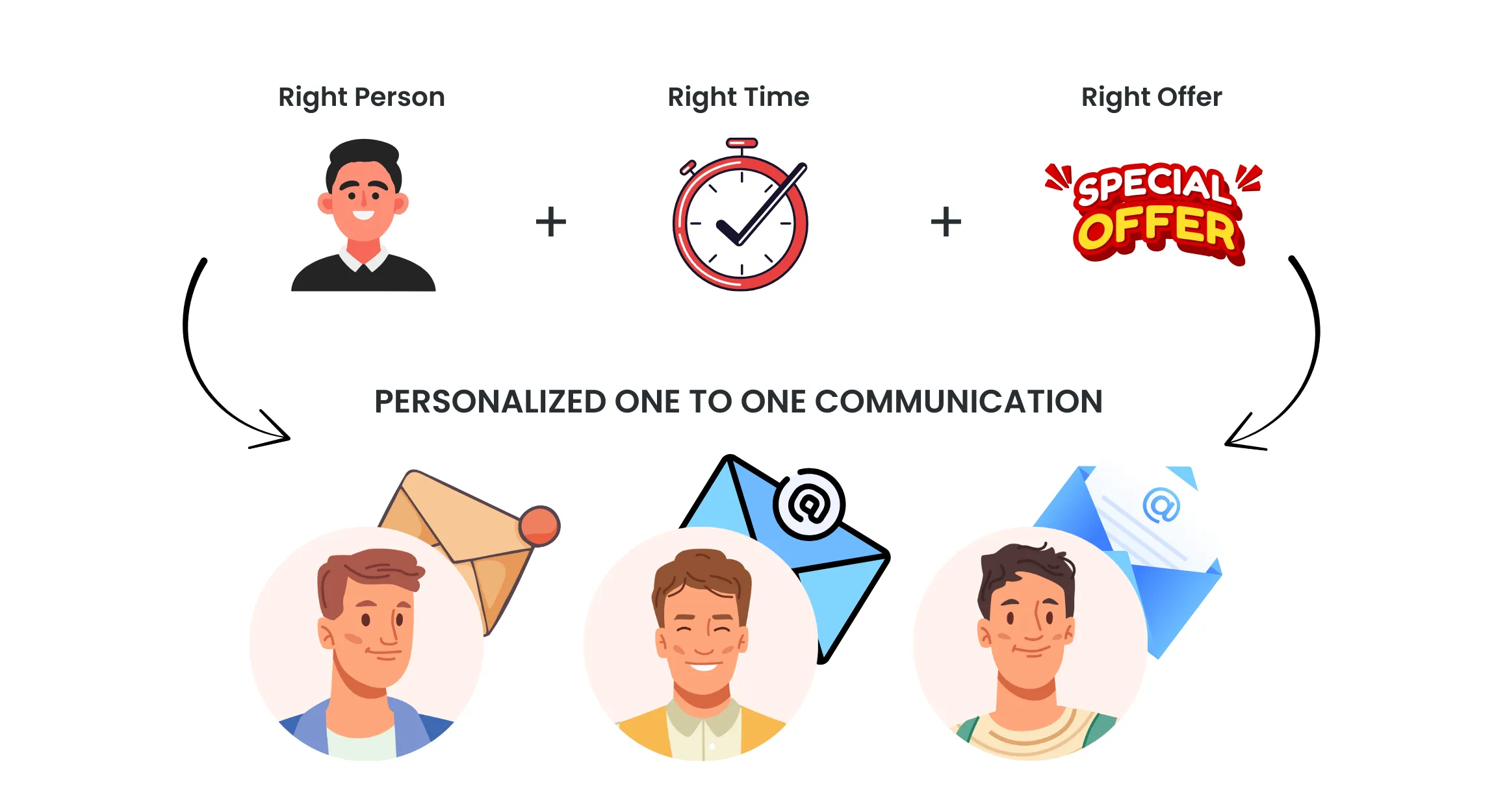
Checklist: Is Email the Right Channel?
You need to decide if email truly works best for your message before clicking send on your next campaign. This simple evaluation will give a better chance that your communications hit the mark and create the response you want.
Audience readiness and list quality
Quality email lists are the foundations of effective email marketing. You should get into these key factors before launching any campaign:
- Audience segmentation: Properly segmented lists generate more than half of total email revenue
- List cleanliness: Getting your email list squeaky clean before pressing send is critical
- Opt-in verification: Implement double opt-in processes to prevent fake or mistyped addresses
The right list makes all the difference—getting this wrong could trigger mass unsubscribes and spam reports. Your engagement rates will improve when you segment by acquisition source, demographics, geographic location, or engagement level.
Message urgency and personalization needs
Your email marketing strategy's success depends on relevance and timing. Let's get into these elements:
- Personalization capabilities: Personalized emails deliver 6x higher transaction rates
- Content customization: Dynamic content allows you to send the same email campaign but personalize based on different factors
- Urgency requirements: Time-sensitive offers perform better in abandoned cart emails than generic follow-ups
People just need personalized content now—74% of marketers confirm targeted personalization increases customer engagement. You can collect relevant data through subscription forms, browser tracking, or CRM integration to achieve this.
Availability of supporting content or landing pages
The destination your email guides to determines its effectiveness. Make sure you:
- Match landing pages directly with email promises (avoid sending to generic pages)
- Check all links work properly across devices
- Verify supporting content is available and mobile-optimized
Email Marketing Trigger Checklist:
- Have you segmented your list properly for this message?
- Do you have clear campaign objectives?
- Does your message require personalization?
- Will email work best for your urgency level?
- Are your supporting landing pages ready?
Email becomes a powerful channel that delivers exceptional results across your marketing funnel when these elements come together.
Also read

5 Hacks to Boost Your Email Marketing ROI Through Strategic Campaigns
Discover how to measure and improve email marketing ROI with 5 effective hacks. Optimize your campaigns for better performance and higher returns.

From Jingle Bells to Sales: AI-Crafted Christmas Email Subject Lines
Discover creative AI-generated Christmas email subject lines to enhance your holiday marketing, increase open rates, and engage your customers effectively.
Let's keep in touch
Sign up for our weekly email marketing newsletter and Mailzzy updates.
For more details, review our Privacy Policy








